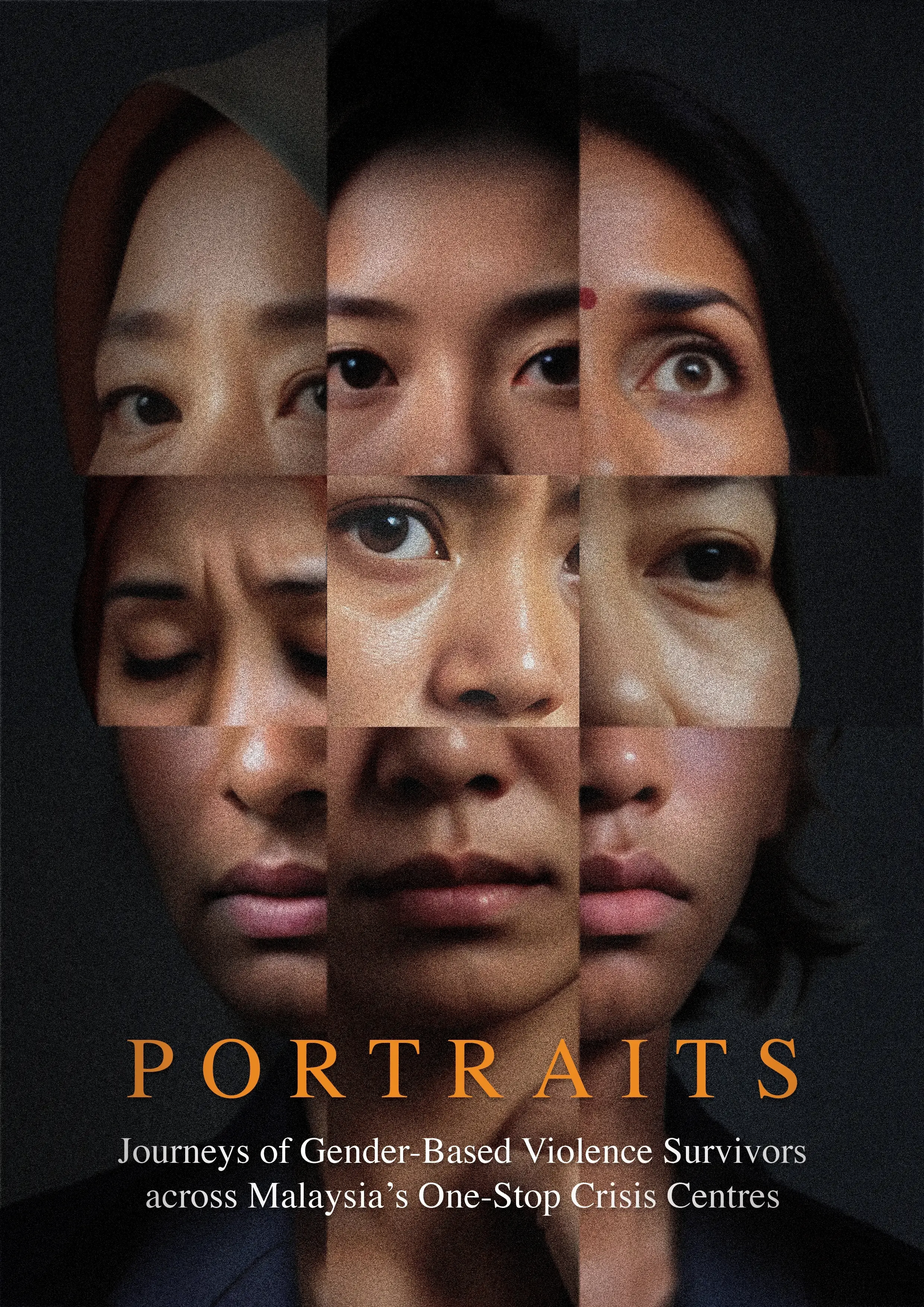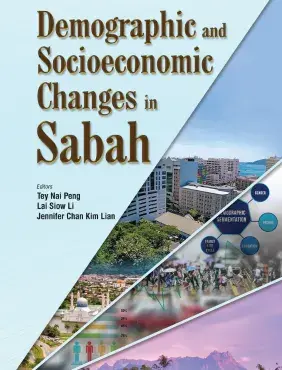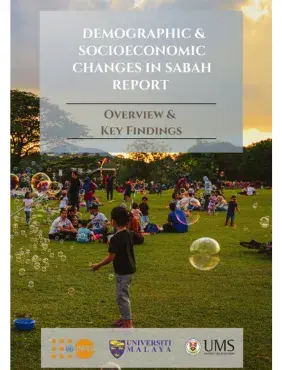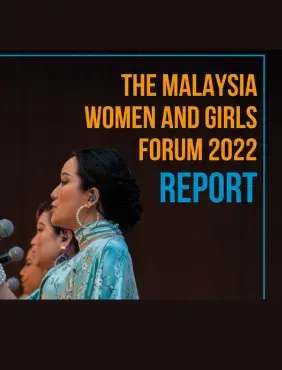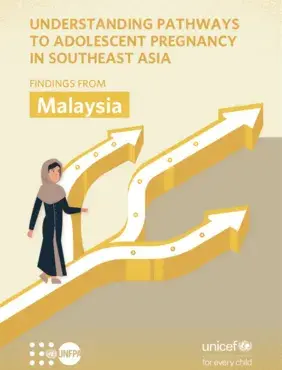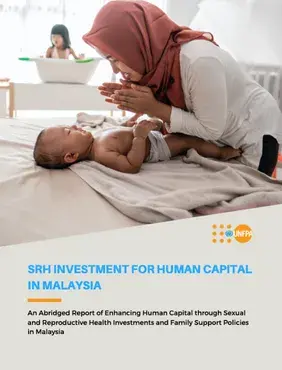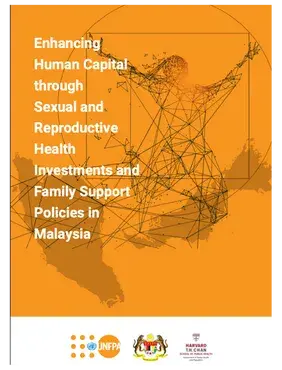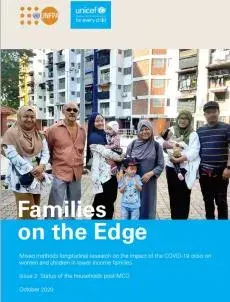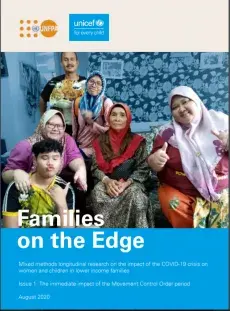Publications
Publications
Publication
Portraits: Journeys of Gender-Based Violence Survivors across Malaysia's One-Stop Crisis Centres
Explore the experiences of gender-based violence survivors within Malaysia's One-Stop Crisis Centres. This new UNFPA and UNU-IIGH report charts survivors' journey and outlines how ...
Read more
Publication
Report: Demographic and Socioeconomic Changes in Sabah
A report by Universiti Malaysia Sabah, funded by the UNFPA Malaysia, sheds crucial insights on the well-being of Sabahans.
Read more
Publication
Key Findings of the Demographic and Socioeconomic Changes in Sabah Report
Key highlights from the Demographic & Socioeconomic Changes in Sabah report.
Read more
Annual Report
The Malaysia Women and Girls Forum 2022 Report
The Malaysia Women and Girls Forum (MWGF) 2022 Report
Read more
Publication
Understanding Pathways to Adolescent Pregnancy in SEA - Findings from Malaysia
Country specific findings are also available for Cambodia, LAO PDR and Indonesia.
Read more
Publication
SRH Investment for Human Capital in Malaysia
This is an abridged version of the orginal "Enhancing Human Capital Through Sexual and Reproductive Health Investments and Family Support Policies in Malaysia by UNFPA, Econom...
Read more
Publication
Enhancing Human Capital Through Sexual & Reproductive Health Investments and Family Support Policies in Malaysia
This report, a joint collaboration between UNFPA Malaysia, The Economic Planning Unit (EPU) of Malaysia & The Harvard T.H Chan School of Public Health focuses and evidence...
Read more
Situation Report
Families on the Edge (Issue 1) 2020
The immediate impact of the Movement Control Order period
Read more

